During a survey of new tourist attractions in Lai Chau, I happened to hear Lai Chau people say that about 37 km from Lai Chau city there is a village called Sin Suoi Ho of the Mong people. This village belongs to Sin Suoi Ho commune, located on the top of Son Bac May at an altitude of 1,400 m above sea level, with cool air all year round. People call this village Hoa Lan - a beautiful flower of the mountains and forests.
From the administrative center of Lai Chau city, I turned left, followed a small winding road with only enough space for a 16-seat vehicle, and went through the San Than flower field, where people grow many types of roses to sell every spring. Continuing along that road to the Then Sin intersection, there was a very small right turn with a hidden sign, so I had to ask for directions several times before I could see the sign to Sin Suoi Ho. From here, the most beautiful and most difficult route of the journey to Sin Suoi Ho officially began.


From Then Sin intersection, the car began to climb steep slopes, the narrow road required the drivers to be "silky" and familiar with mountain roads to conquer this long distance of about 19 km. After overcoming the almost vertical slopes, I was suddenly amazed by the beauty of the terraced fields, in the distance was the peak of Son Bac May mountain (meaning "white clouds covering the mountain top"), the white clouds floating up in waves, illuminated by the brilliant sunlight. With a feeling of ecstasy and overwhelm, I kept going through each white cloud to go higher and higher... With another sharp turn, finally, I arrived at Sin Suoi Ho village.
Stepping off the car, the cool air rushed over me, giving me a feeling of comfort and ease, the feeling of fatigue after a difficult mountain journey seemed to have disappeared without a trace. The first thing that caught my eye was the Mong people with bright, friendly smiles as if to say: "Welcome to Sin Suoi Ho village!".
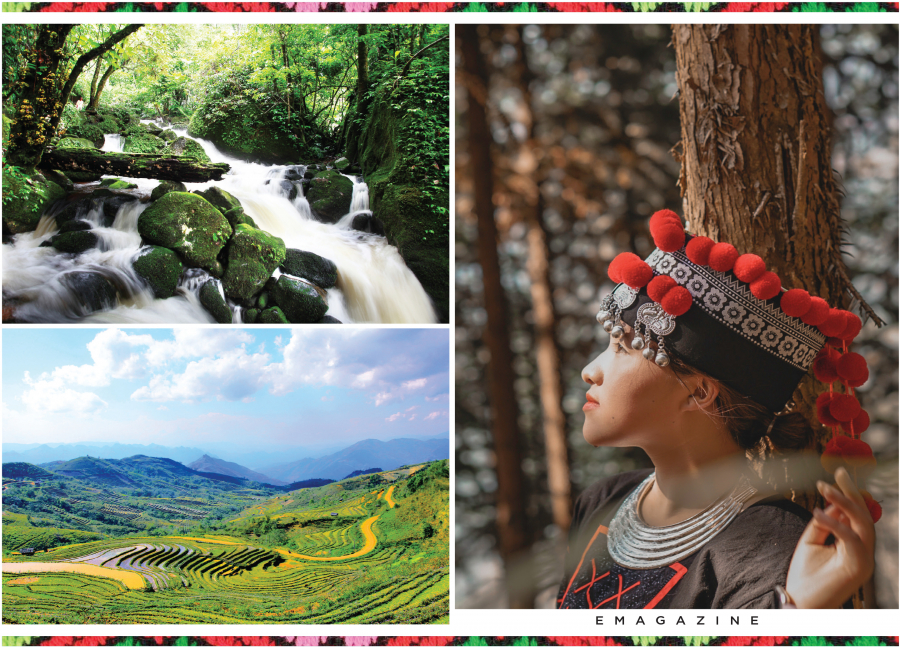
The road leading to the village had no rubbish, and on both sides of the road were pots of blooming orchids. I also did not see any buffaloes or cows grazing freely, nor did I see any buffalo or cow pens or livestock - an interesting and different thing compared to other Hmong villages I had been to.
The scenery on both sides of the road is beautifully decorated, very close to nature: signs with letters made of rope, stone, baskets with the words "Please give me trash"... Stunned by the beauty of this place, I thought I was lost in a "fairyland".

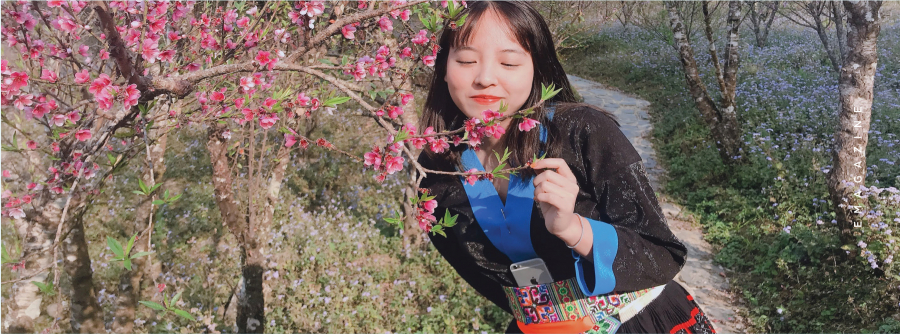
I arrived on the right day of the local market, every Saturday. From afar, I heard the sound of Hmong flutes, panpipes, and melodious songs, urging me to walk faster to the market.
Sin Suoi Ho Market is very busy, selling agricultural products and brocades typical of the Northwest mountains and forests. Opposite the market is a simple, rustic stage where a cultural performance is being performed by the people enjoying the fair here.
People from other villages join in the fair, immersing themselves in dances, songs, and the clear sounds of pipes, flutes, and singing echoing through the mountains and forests.
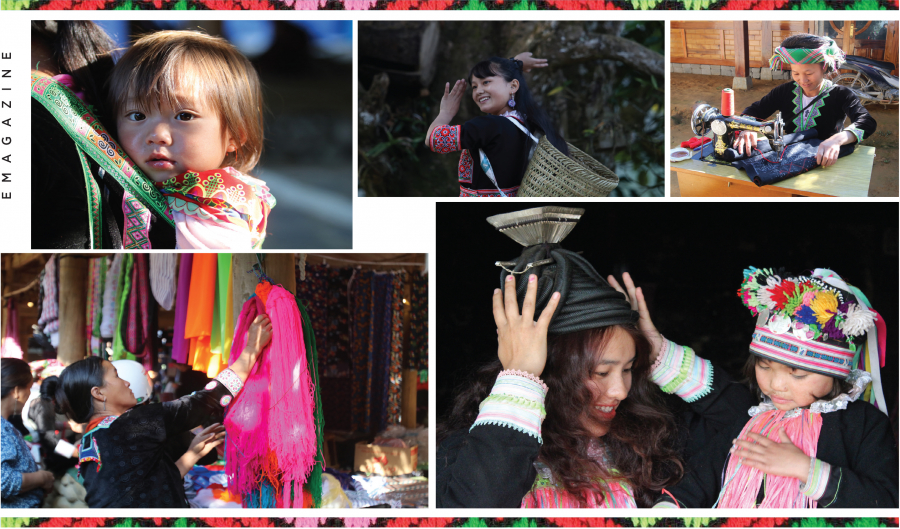
Immersed in the highland market, I participated in grinding rice in a stone mortar, and looked at the colorful goods... One strange thing is that this market does not have scenes of Mong people drinking or getting drunk, and there is no place to sell alcohol like other highland markets. Hang Thi Su, a pretty Mong girl, helped me learn more about the life and changes of the people here.
Her village has 123 households. Previously, the village had many people addicted to opium, tobacco, cigarettes, and alcohol, so poverty and social evils surrounded it. Village chief Vang A Chinh and deputy village chief Hang A Xa stood up to mobilize and persuade people to quit their addictions from 1995 to 2005. By 2014, Sin Suoi Ho village had successfully eliminated all drug addicts with the "5 No" rule: "No smoking opium, tobacco, or cigarettes, no drinking, no gambling, no littering."

Once again, Mr. Chinh mobilized the villagers to join hands to renovate all the land and houses of the village, repair the gate and road to the village; mobilize people to provide homestay services; raise pigs, raise chickens, grow vegetables to provide food; sell products made by the villagers to tourists...
Once in the forest, he saw a beautiful orchid, brought it back, separated the branches and took care of it, unexpectedly it became a product loved by tourists. Since then, orchids have been planted by the villagers throughout the village, creating a significant source of income, reducing poverty for the villagers. Currently, there are more than 20,000 orchids planted by the villagers here.

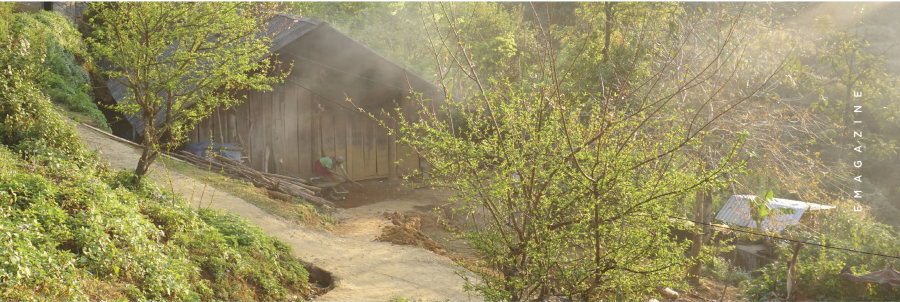
Saying goodbye to the beautiful village girl Hang Thi Su, continuing along the winding road at the end of the village deep into the mountains and forests, I had the opportunity to immerse myself in the fresh nature and enjoy all the poetic beauty here.
There is a small, winding stream, somewhere there are birds singing, the Heart Waterfall is located in a mountain range shaped like a gate to heaven… My soul feels cleansed, feeling relaxed, comfortable, and at ease after stressful working days.
The people here are very skillful in tourism when introducing to tourists many activities associated with the local lifestyle and way of life such as Tu Lu games (spinning tops), crossbow shooting, seesaw, pao throwing, shuttlecock playing...
Right in the village grounds, there are many interesting places to visit such as the rice pounding area with water, pounding rice with feet, pounding sticky rice cakes, linen weaving area, sunset viewing spot, display of giant survival tools, beeswax painting and indigo dyeing area, orchid garden, peach garden...
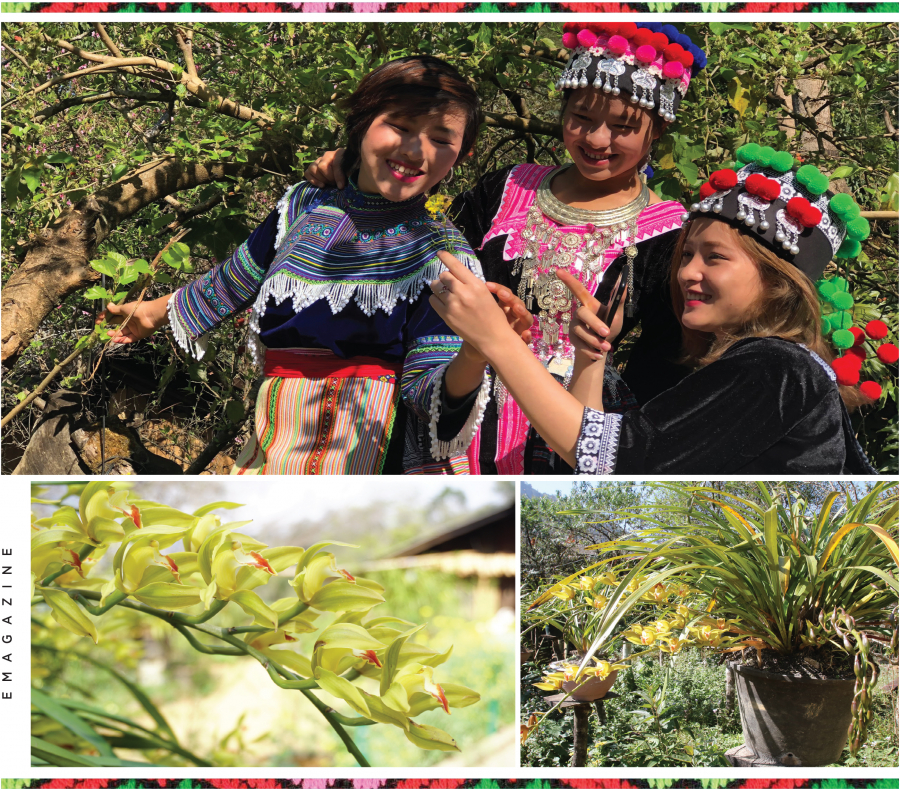
In particular, the homestays around the village are not only places to stay but can also be considered cultural relics that attract visitors from afar. The homestays are all built in the traditional style of the Mong people's rammed earth houses. The walls are made entirely of rammed earth, about 40 cm thick, without any pillars or poles, and the roofs are thatched or tiled or thatched. The rammed earth houses keep warm in winter, cool in summer and can also protect against wild animals. The homestays are all quite delicately decorated, preserving the identity of the local people, so they are especially suitable for travelers who want to learn about the customs and culture of the indigenous people.
Not only that, simple mountain dishes such as cat cabbage, boiled pork with Cham Cheo sauce, fried stream fish... also captivated me, but the dish that really impressed me the most was steamed Mong chicken with pumpkin. A golden pumpkin was cleverly hollowed out, the pumpkin's core was removed, and black chicken - a typical chicken breed with sweet and delicious meat of the Mong people - was stuffed inside, steamed. After about an hour, the pumpkin was cooked, and the chicken was also cooked. The sweetness of the chicken and pumpkin mixed together to create a sweet, rich, fragrant taste that no pen could describe. If you have the opportunity to visit here, don't forget to enjoy steamed Mong chicken with pumpkin, I believe you will not be disappointed.

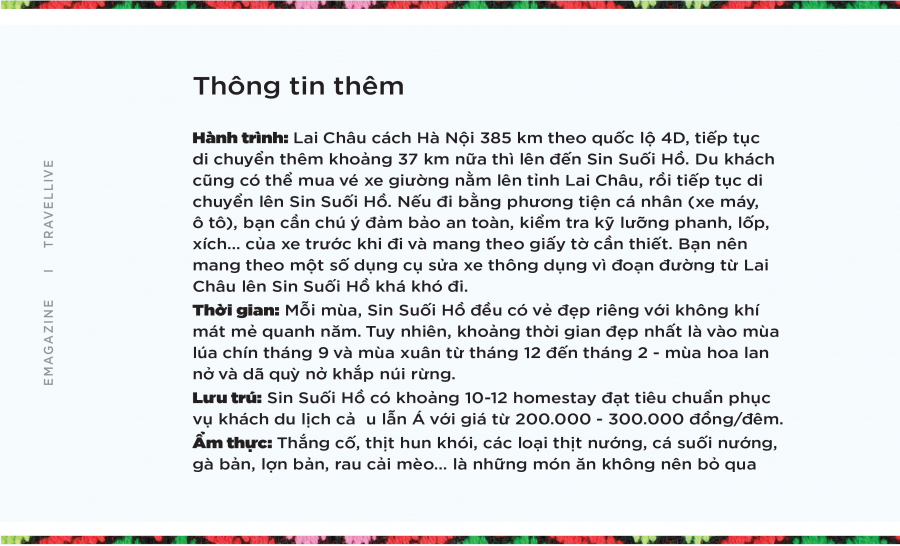










DuLichCongDong-Travellive.jpg.jpg)
.jpg.jpg)



